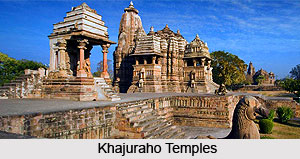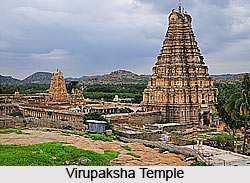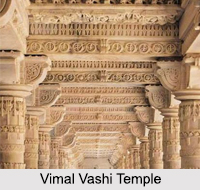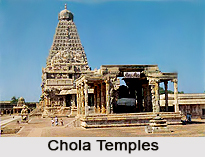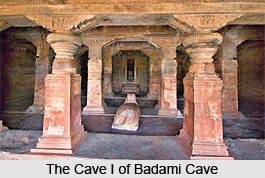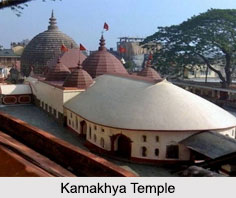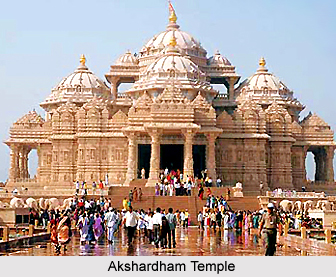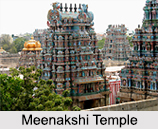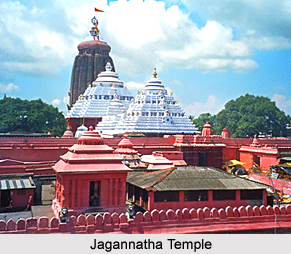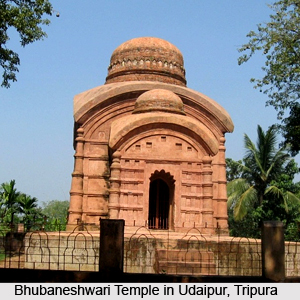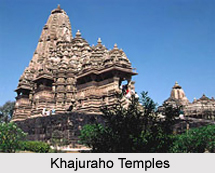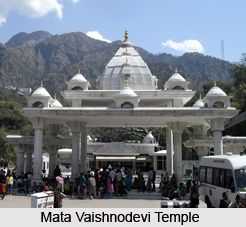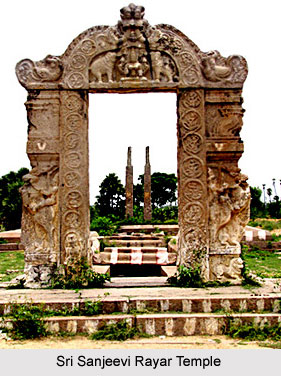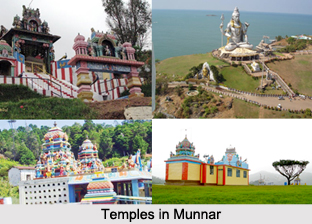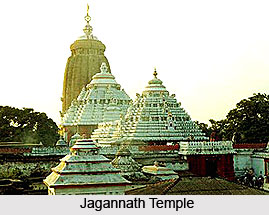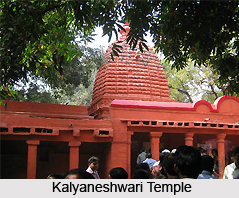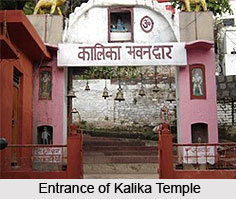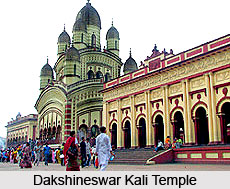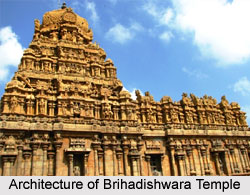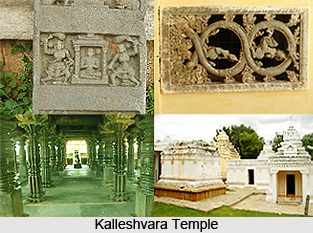 Architecture of Kalleshvara temple, situated in Aralaguppe village of Tumkur district in Karnataka, exhibit a magnificent testament of Western Ganga art of 9th century with influences of Nolamba and Badami Chalukya architectural elements. The main parts of the temple comprise a garbhagriha, mantapa and mahamantapa or navaranga. Garbhagriha or the sanctum of the temple exhibits a square pyramidal shape having simple pilasters on a plain exterior. A vestibule, also called antarala, separates the sanctum from mantapa, which is a closed hall. The mantapa has another section which is phenomenally well sculptured and is known as mahamantapa. Shikhara or the superstructure over the shrine has undergone renovation at a much later period. The temple walls and towers, structured with bricks, are also possibly later additions. However the base (Adhishtana), made of granites, over which the temple is built has retained its original construction.
Architecture of Kalleshvara temple, situated in Aralaguppe village of Tumkur district in Karnataka, exhibit a magnificent testament of Western Ganga art of 9th century with influences of Nolamba and Badami Chalukya architectural elements. The main parts of the temple comprise a garbhagriha, mantapa and mahamantapa or navaranga. Garbhagriha or the sanctum of the temple exhibits a square pyramidal shape having simple pilasters on a plain exterior. A vestibule, also called antarala, separates the sanctum from mantapa, which is a closed hall. The mantapa has another section which is phenomenally well sculptured and is known as mahamantapa. Shikhara or the superstructure over the shrine has undergone renovation at a much later period. The temple walls and towers, structured with bricks, are also possibly later additions. However the base (Adhishtana), made of granites, over which the temple is built has retained its original construction.
Artistry in Kalleshvara Temple
The temple is dedicated to Lord Shiva and houses a dark granite Lingam. An idol of Nandi also stands in front of the main deity. Exquisite artworks can be witnessed on the lintel above the main door and the door jamb. Ceilings of the temple are intricately carved. Images of seated door keeper or dwarapalas adorn the base of the door and decorative and bold scrolls of creepers run along the sides of the main door. Images of spirits from Hindu mythology and their female counterparts, known as Yaksha and Yakshis also embellish the doors. A sculpture of Gajalakshmi, an avatar of Goddess Lakshmi with elephants showering her from either side can be seen on the lintels above the door. It is believed that this sculpture has played a major role in inspiring the monolithic carving found at the main entrance in Shravanabelagola, the famed Jain heritage town.
Ceilings of Kalleshvara Temple
In mahamantapa, the ceiling is decorated with panels having grids of images which are exemplary of the fine artistic sense of the Ganga-Nolamba architects. Portrayal of Umamaheshwara on it is immensely captivating. Beautifully ornamented and dancing Shiva (Tandaveswara) with four hands showcasing Nolambas style portrayal is one of the important features of the panel. Accompanying this sculpture are the eight Dikpalas and musical accompanists which surrounds the sculpture of Tandaveswara. Other features of this panel include a four tusked elephant, also known as gaja, carrying God Indra and his consort Sanchi on its back. Carved human figures adorn the walls of Kalleshvara temple. Four flying Vidyadharas, also known as Gandharvas, with garlands in their hands at each corner of the panel form another unique feature of the ceiling. This is in fact a common feature of Nolamba architecture.
